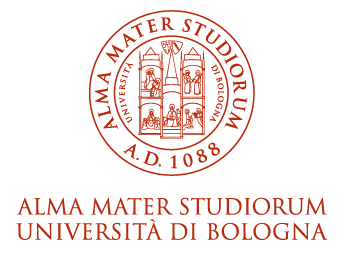- Docente: Angelo Carbone
- Credits: 6
- SSD: FIS/01
- Language: Italian
- Moduli: Angelo Carbone (Modulo 1) Fabio Ferrari (Modulo 2)
- Teaching Mode: Traditional lectures (Modulo 1) Traditional lectures (Modulo 2)
- Campus: Bologna
-
Corso:
Second cycle degree programme (LM) in
Energy Engineering (cod. 0935)
Also valid for Second cycle degree programme (LM) in Environmental Engineering (cod. 8894)
Second cycle degree programme (LM) in Electrical Energy Engineering (cod. 9066)
Second cycle degree programme (LM) in Physics (cod. 9245)
-
from Sep 19, 2023 to Nov 07, 2023
-
from Nov 08, 2023 to Dec 20, 2023
Learning outcomes
The main objective of the course is to provide students with the basic knowledge of Modern Physics. At the end of the course the student is able to understand the general principles of Special Relativity, Quantum Mechanics and Nuclear Physics. Through the historical contextualization of the great discoveries that have revolutionized the conception of space and time in the twentieth century, the student is able to recognize how modern technological applications are based on Modern Physics. The student also develops the skills necessary to solve exercises on the topics covered in class.
Course contents
The course is divided into two modules:
-
Module 1: Special Theory of Relativity (prof. Angelo Carbone, 32 hours)
-
Module 2: Quantum Physics and nuclear and subnuclear physics (prof. Fabio Ferrari, 28 hours)
Each part is presented giving to the students theoretical, experimental and historical elements. For each part, some teaching hours will be dedicated to exercises.
Module 1: special Theory of Relativity (32 hours)
Michelson-Morley experiment. Postulates of special relativity. Time dilation and length contraction. The Lorentz transformation. Property of the Lorentz transformation. The causality in relativity. Velocity and acceleration transformation in relativity. The relativistic momentum, energy, and mass. The Lorentz invariance. The momentum-energy vector.
Module 2: quantum physics and nuclear and subnuclear physics (28 hours)
Introduction to wave physics. Interference and Young experiment. D'Alambert equation.
The black body radiation and the photoelectric effect. Wave-particle duality. Compton effect. De Broglie wavelength. The Schödinger equation and its quantisation. The Schödinger equation with a potential, one-dimensional study of different walls and barriers of potentials. The tunnel effect.
The Bohr model of the atom, the hydrogen atom, and its spectrum. The quantum number describing electrons. The Stern-Gerlach experiment. Nuclear fusion and fission. Some elements of elementary particle physics.
Readings/Bibliography
Teachers' note.
Teaching methods
The lecture will be held on the blackboard and are supplemented by video projection and slides. The slides will be distributed in advance.
Assessment methods
The assessment will be a written (1h 30m) and oral exam. In the case of success, the student has to finalise the assessment with an oral exam, in the same day or in one of successive exam sessions, with questions on various topics, with at least one question in Special Theory of Relativity and one in Quantum Physics.
Teaching tools
Lecture's notes and exercises with solutions.
Office hours
See the website of Angelo Carbone
See the website of Fabio Ferrari
